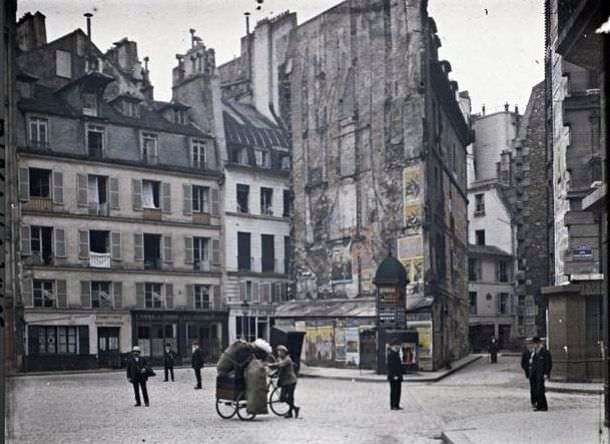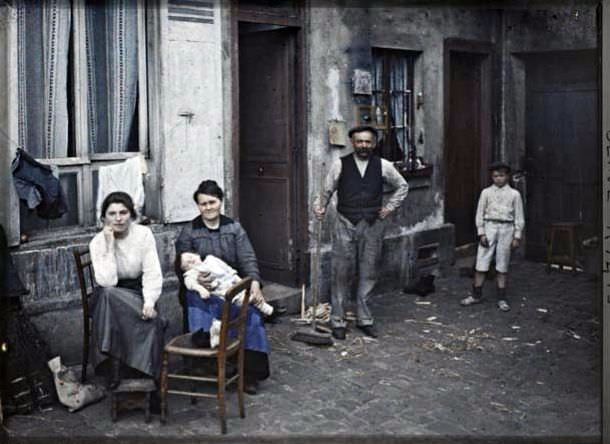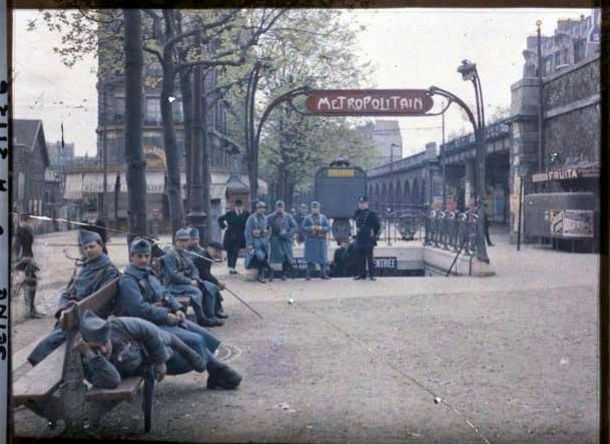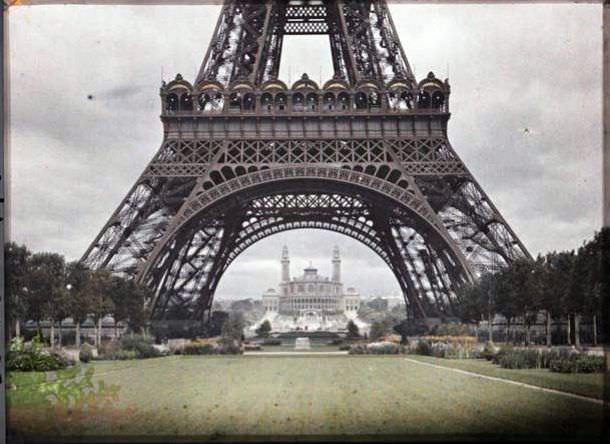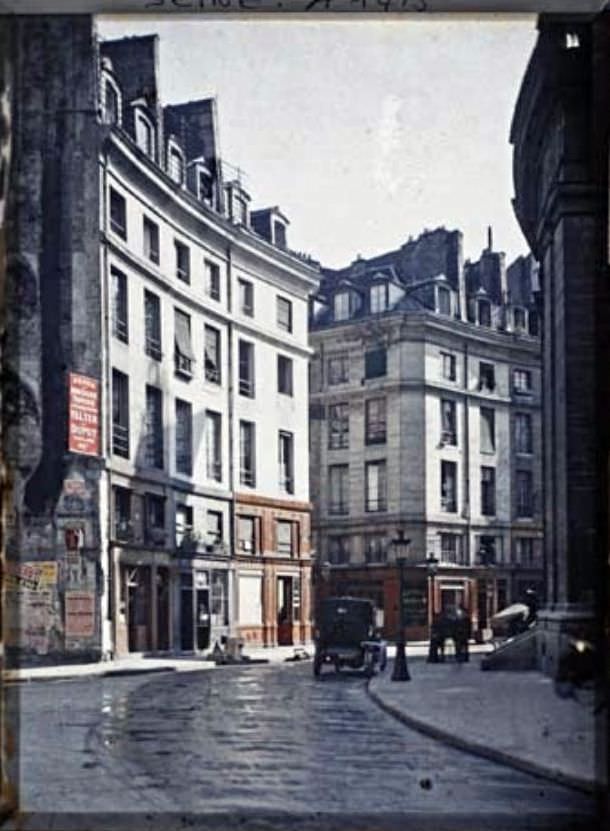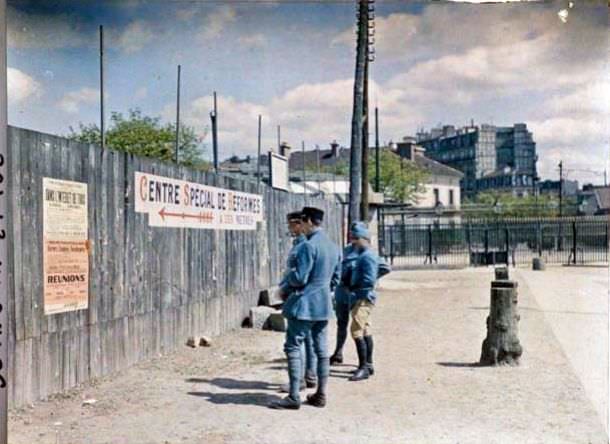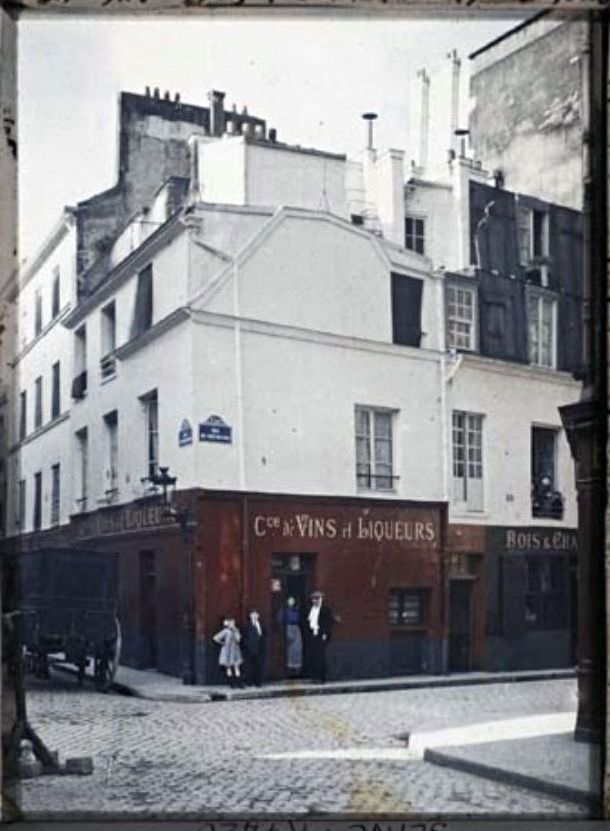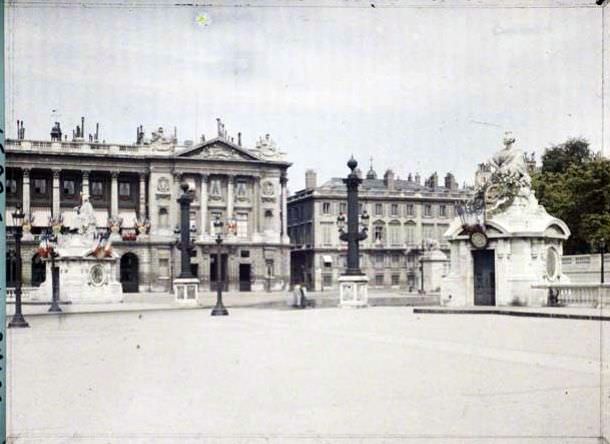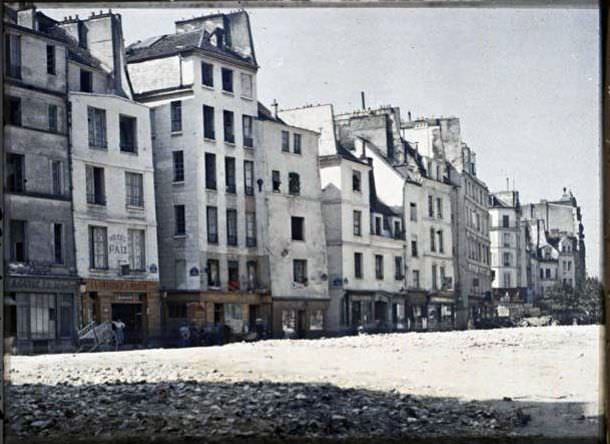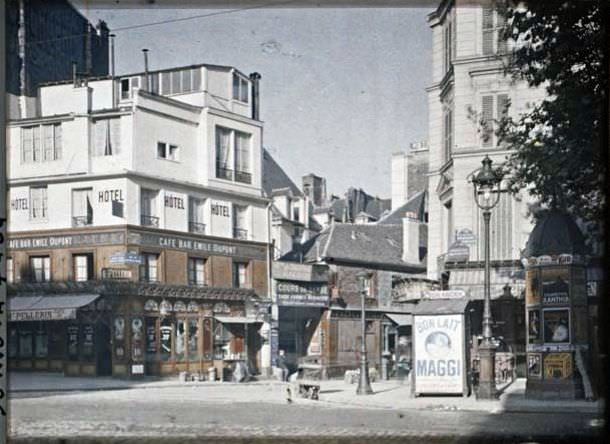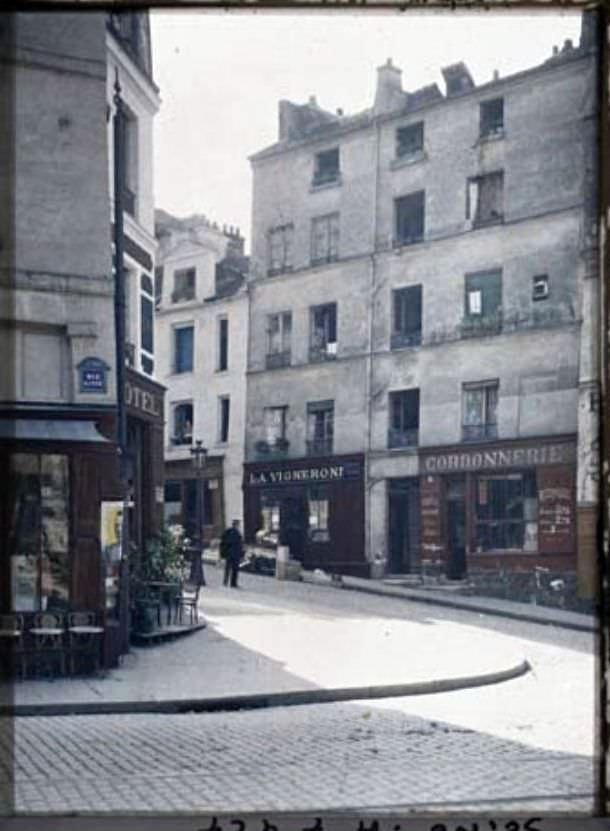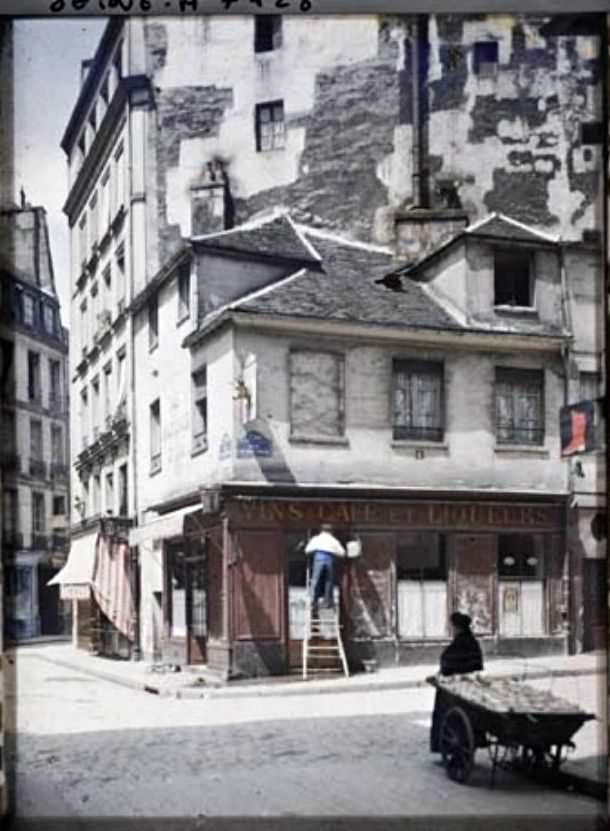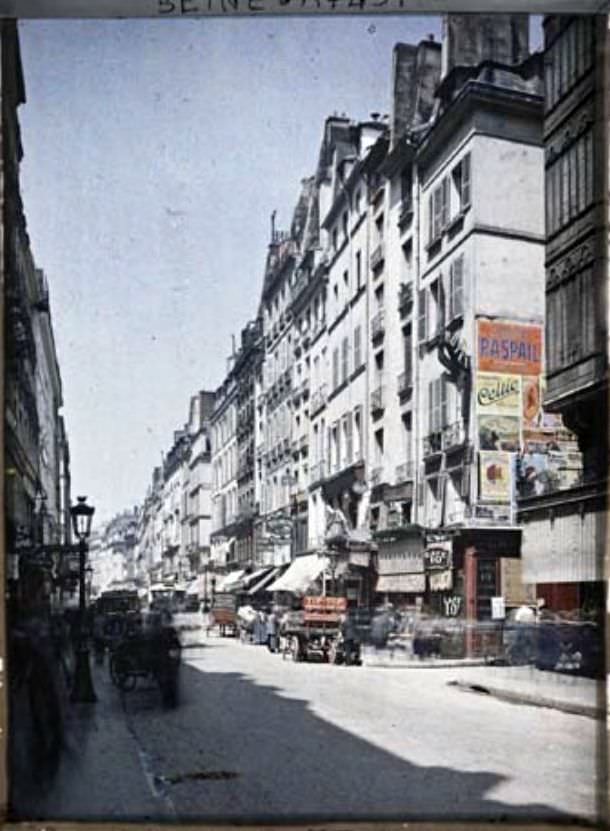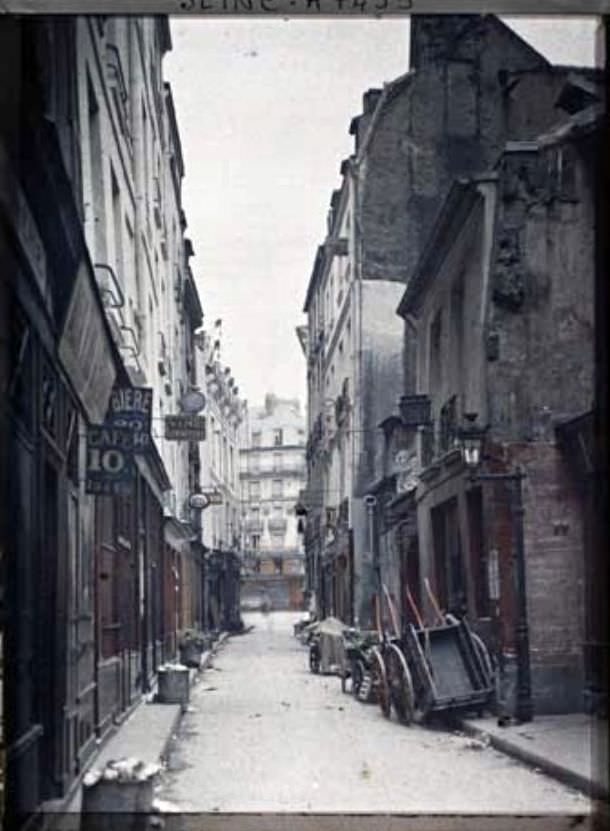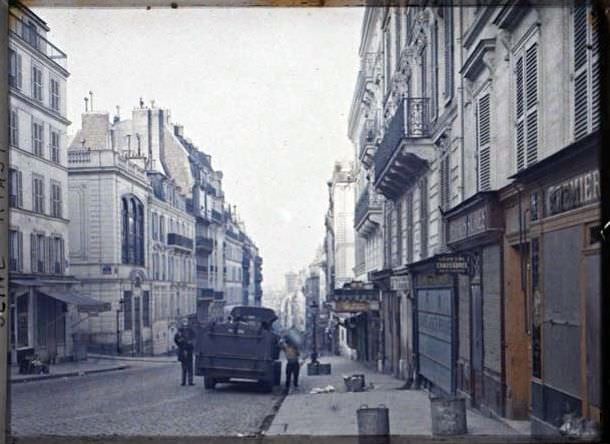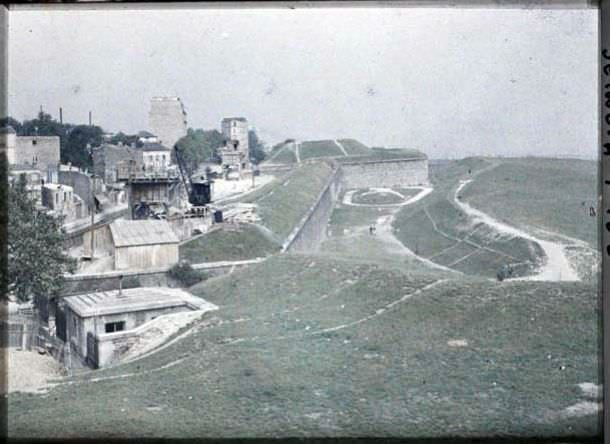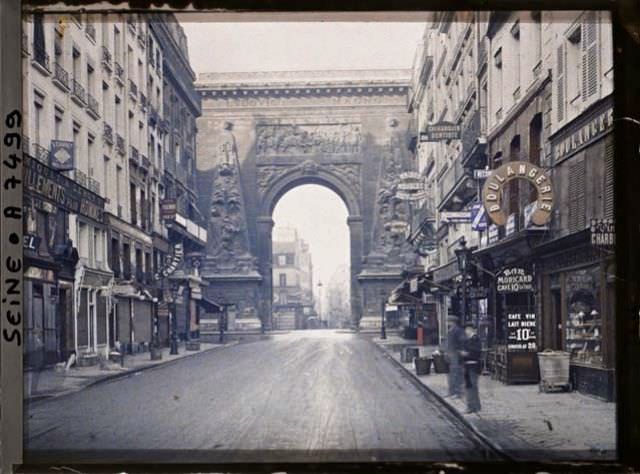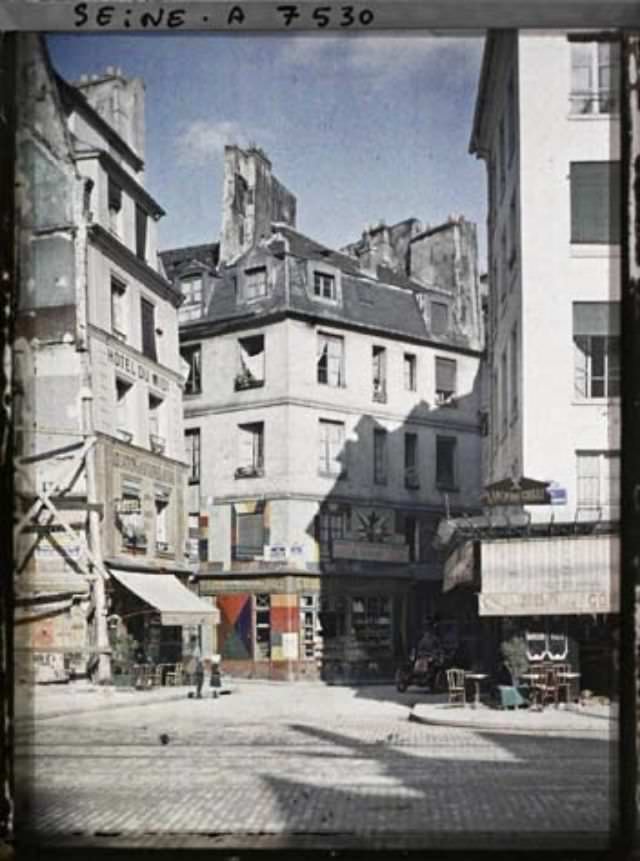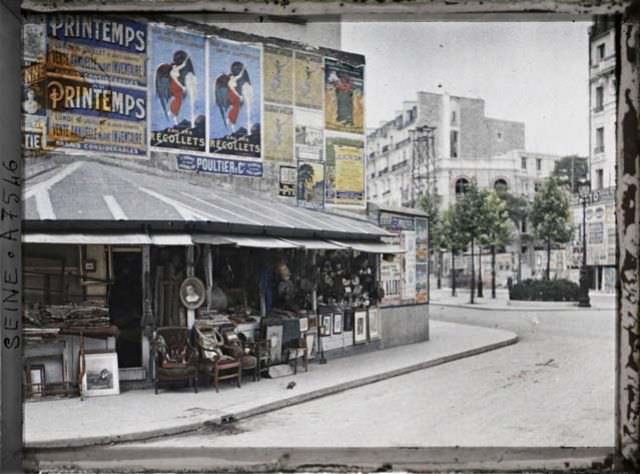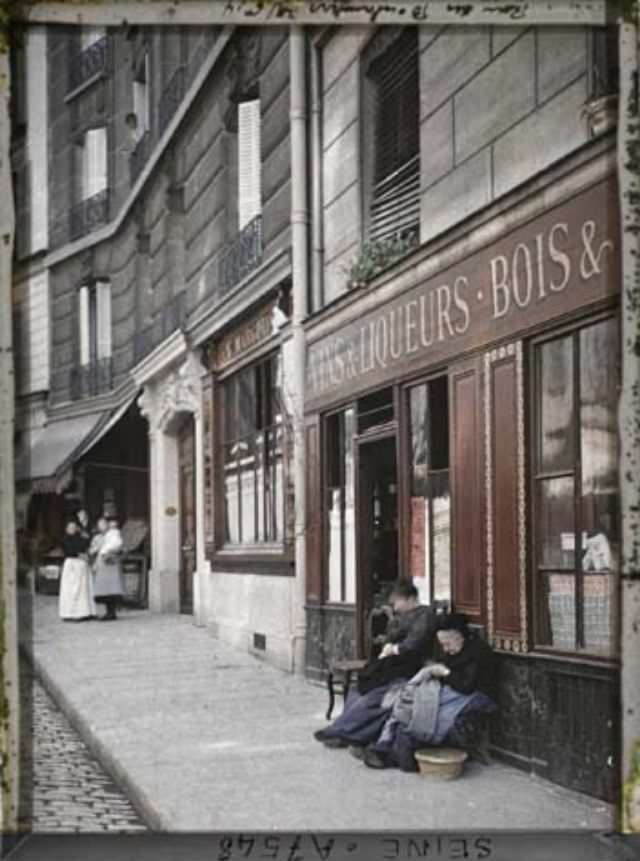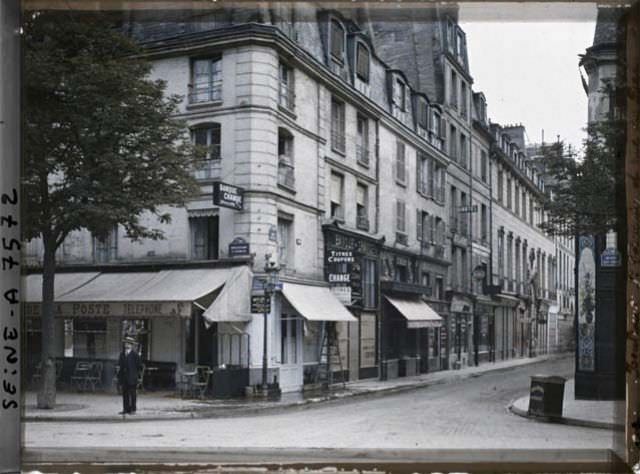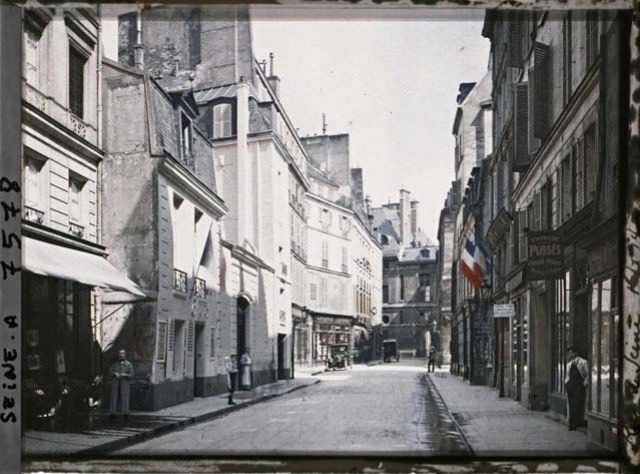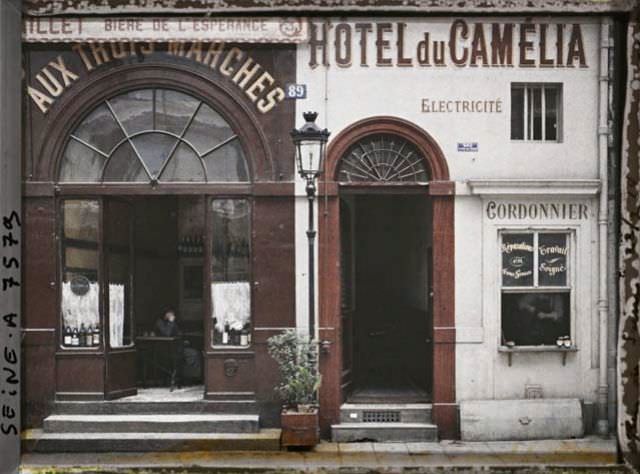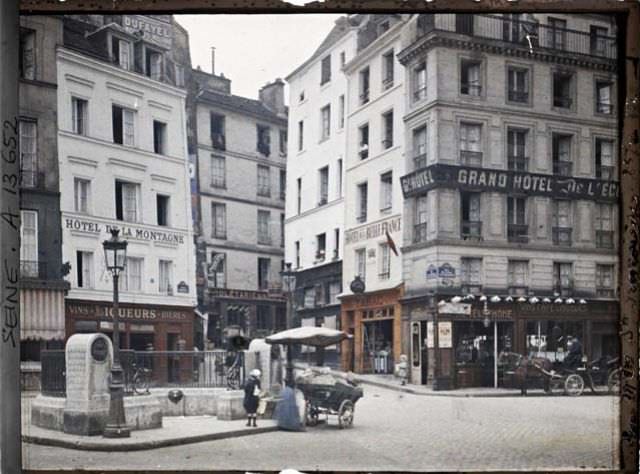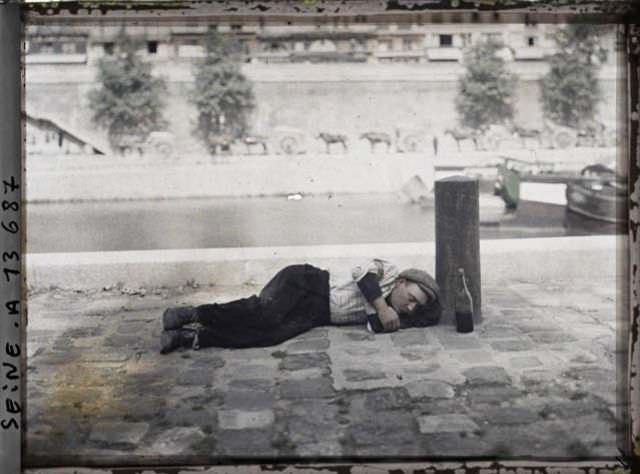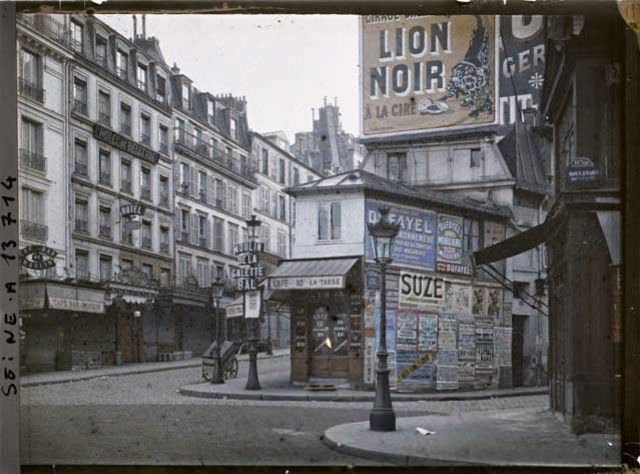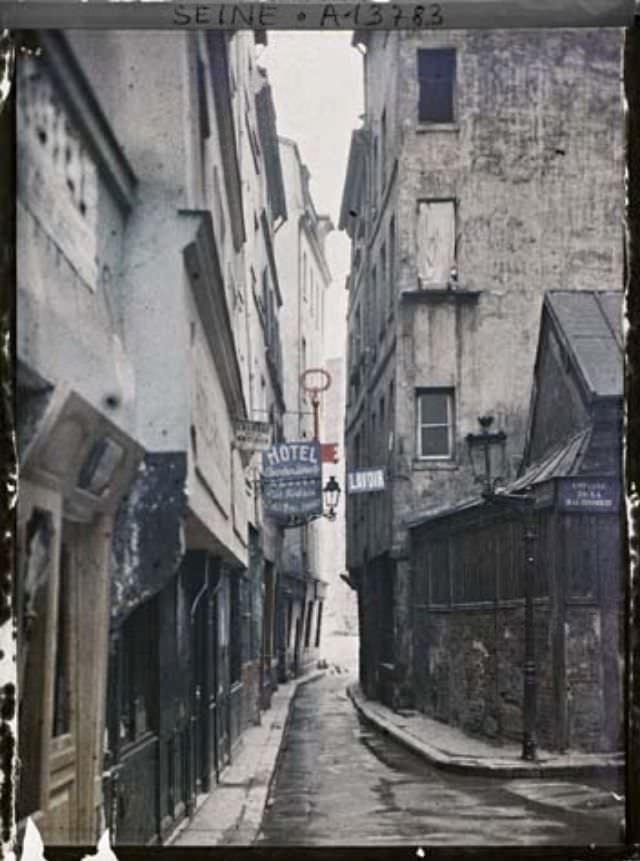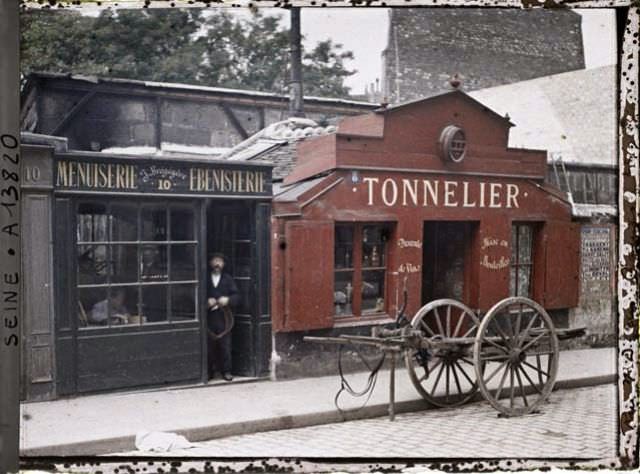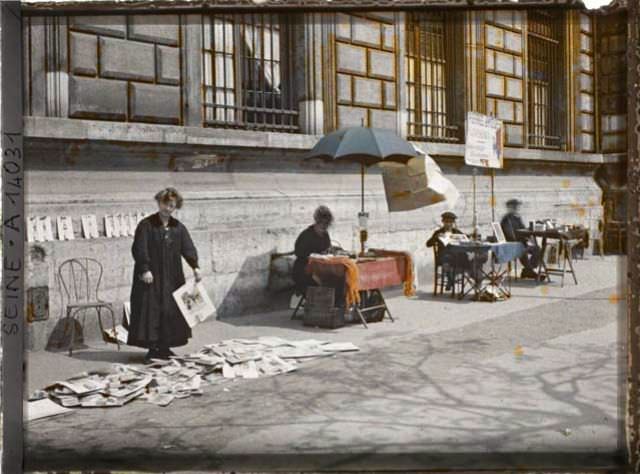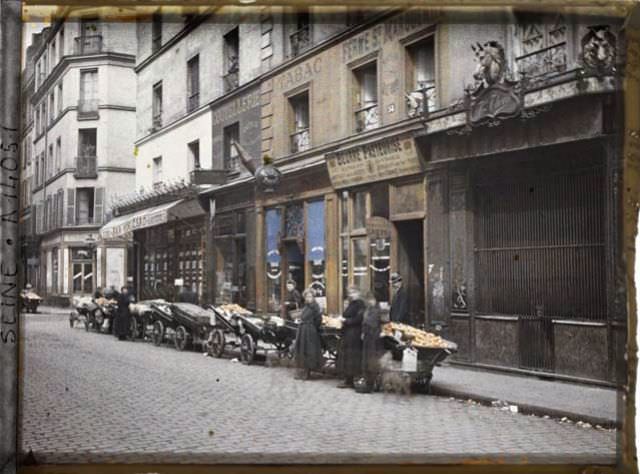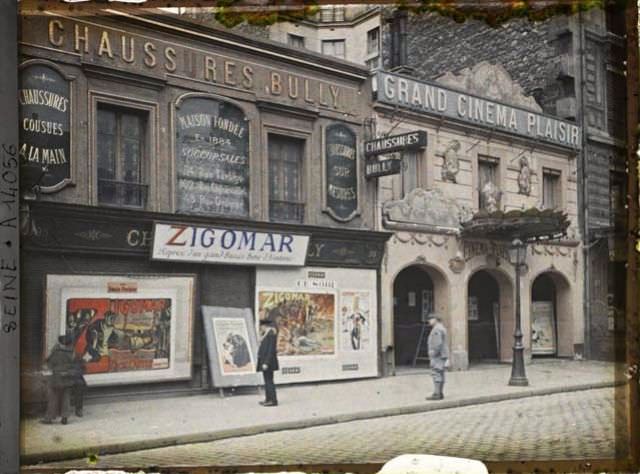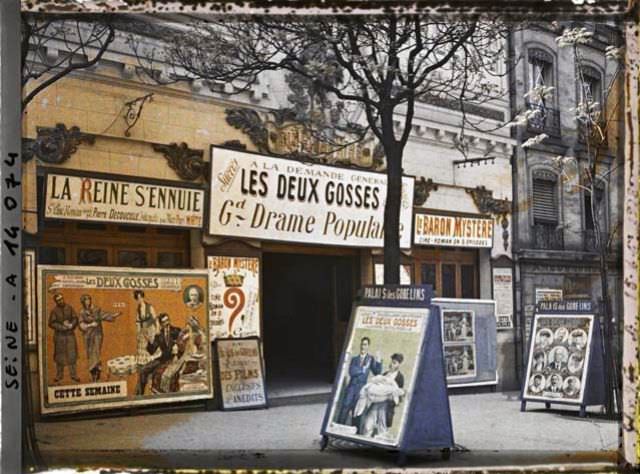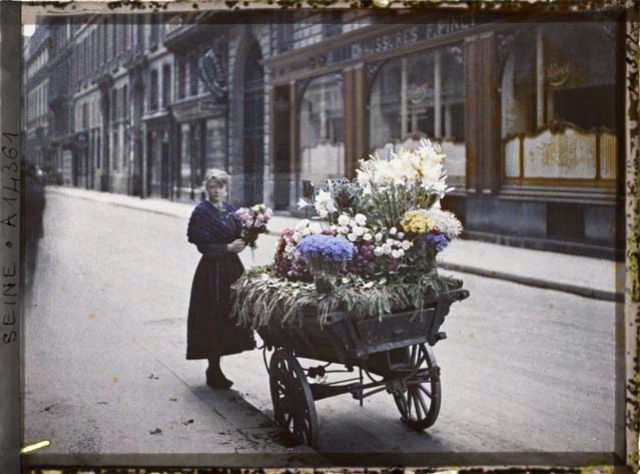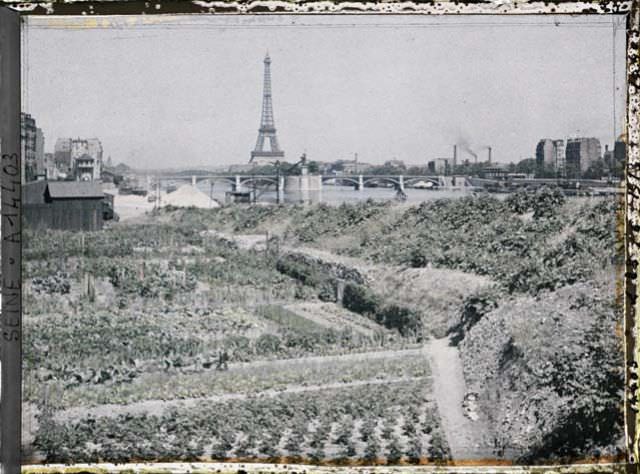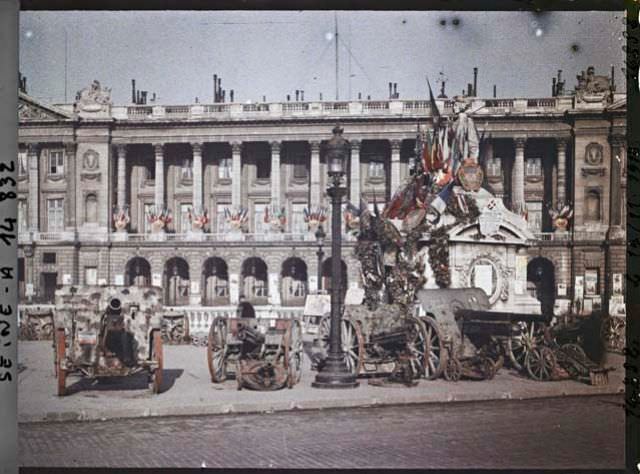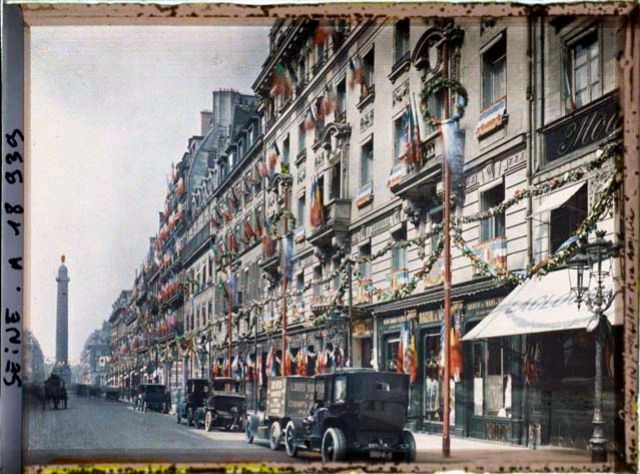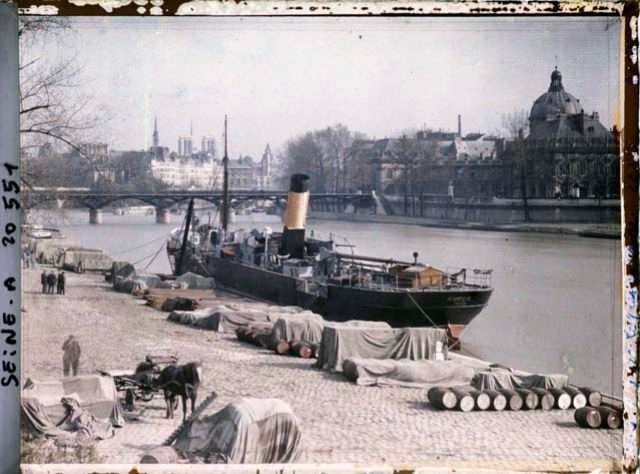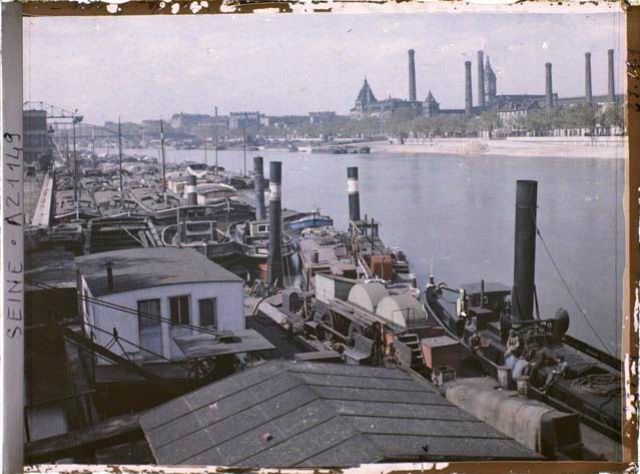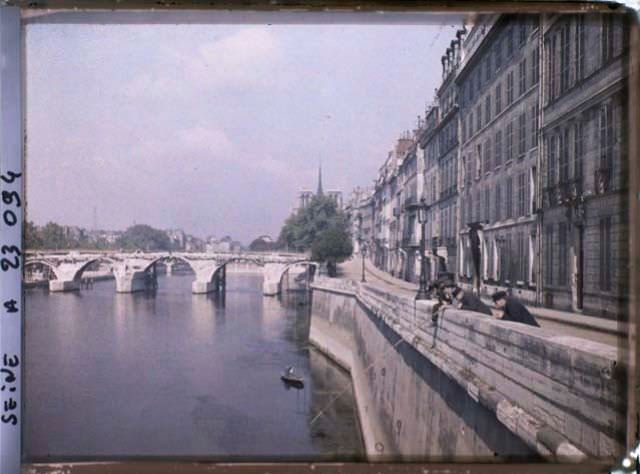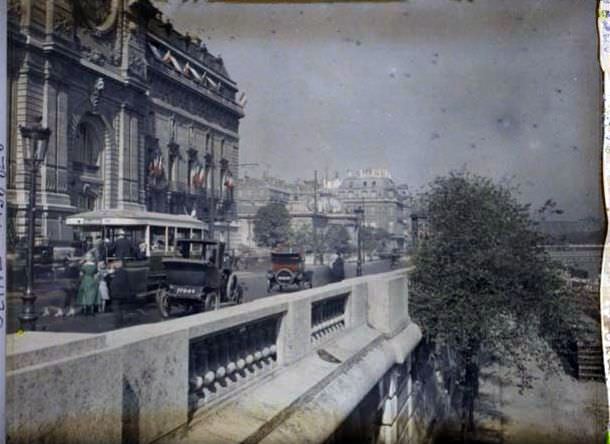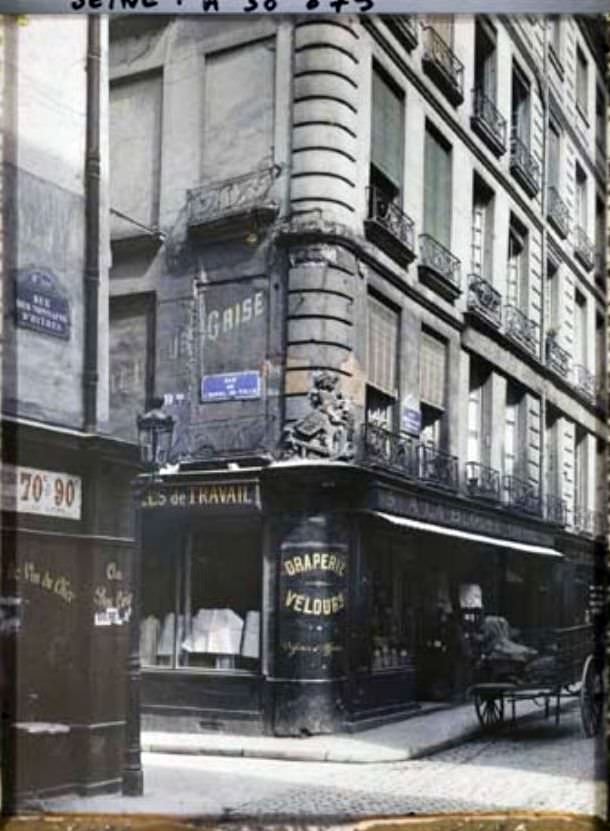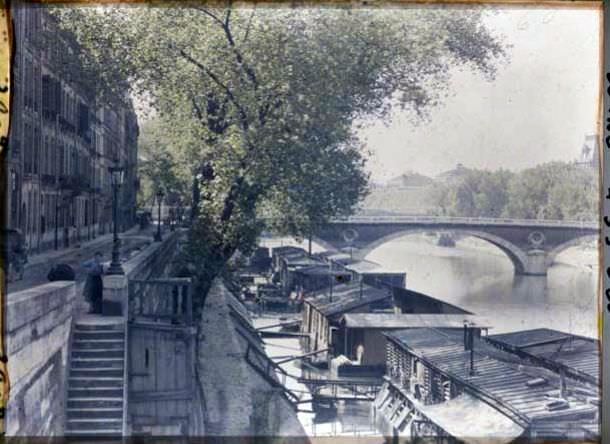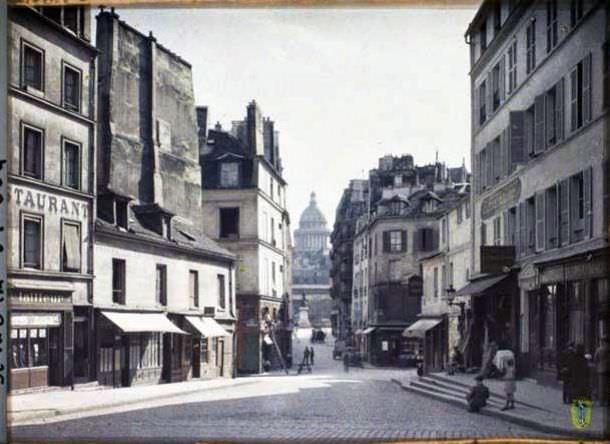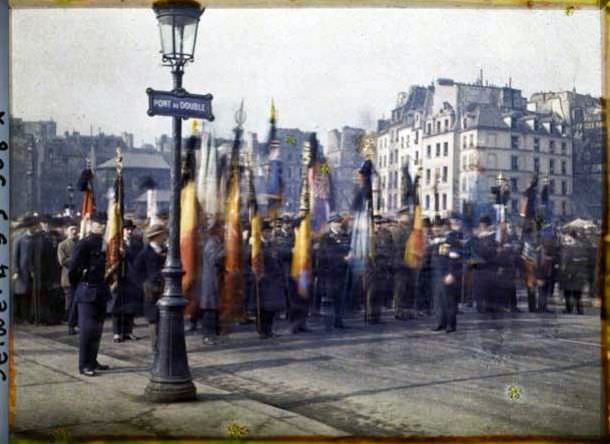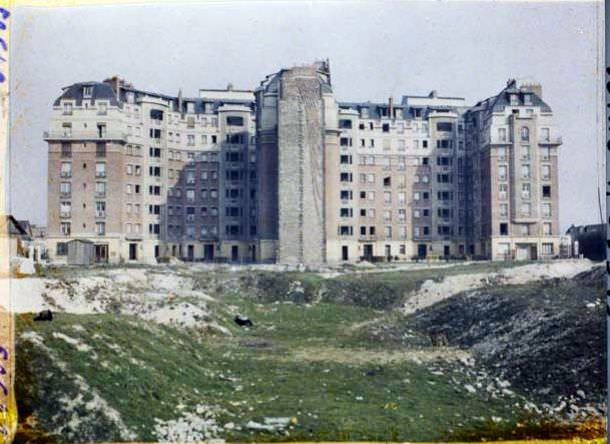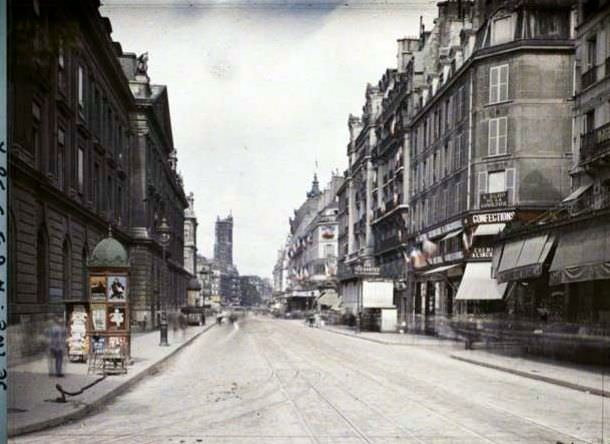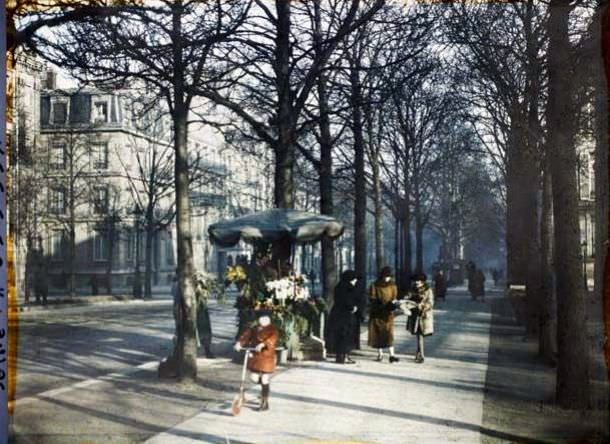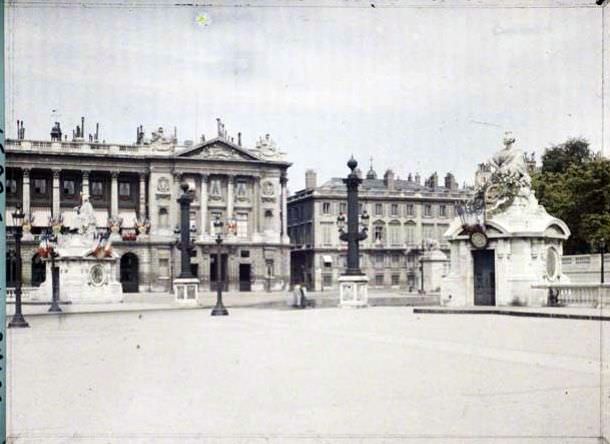Imagine walking the streets of Paris over a hundred years ago. Thanks to the pioneering color photography of the Autochrome process, invented by Louis Lumière, we don’t have to just imagine. Photographers like Léon Gimpel, Stéphane Passet, Georges Chevalier, and Auguste Léon captured the vibrant everyday life of Paris between 1907 and 1930. Their photographs offer a unique glimpse into a time before World War II dramatically changed the city and the world.
The Colors of Daily Life
What makes these early 20th-century Parisian street scenes so special is their color. At a time when most photographs were black and white, Autochrome brought a soft, almost painterly palette to the images. This early color technology used tiny grains of dyed potato starch sandwiched between glass plates. When light passed through these grains, it created a color image. Some of the photos we see today have even been carefully adjusted to match their original hues, giving us an even truer sense of the time.
Looking at these pictures, we see the city come alive in ways that black and white cannot convey. The bright awnings of shops, the colorful dresses of the women, and the deep green of the trees in the parks all stand out. Even the cobblestone streets and the stone buildings gain a richness and texture that helps us feel more connected to the past.
Read more
A City on the Move
The streets of early 20th-century Paris were bustling with activity. Horse-drawn carriages shared the road with early automobiles, creating a mix of old and new forms of transportation. People walked everywhere, dressed in the fashions of the time. Men typically wore hats and suits, while women wore long skirts, blouses, and often carried parasols to shield themselves from the sun.
Shops lined the streets, their windows displaying a variety of goods. We can see small businesses like bakeries, flower shops, and cafes, which were central to Parisian social life. People gathered at these places to chat, have a drink, or simply watch the world go by. Street vendors also played a vital role, selling everything from food to newspapers from their carts.


